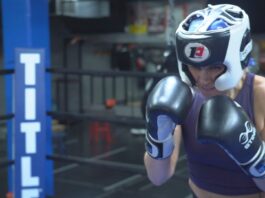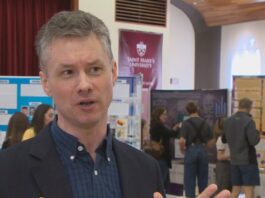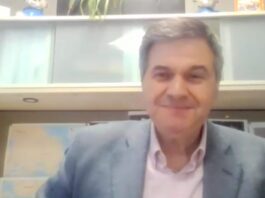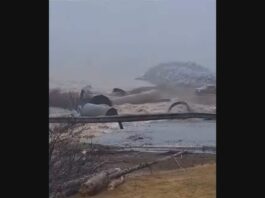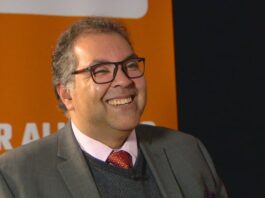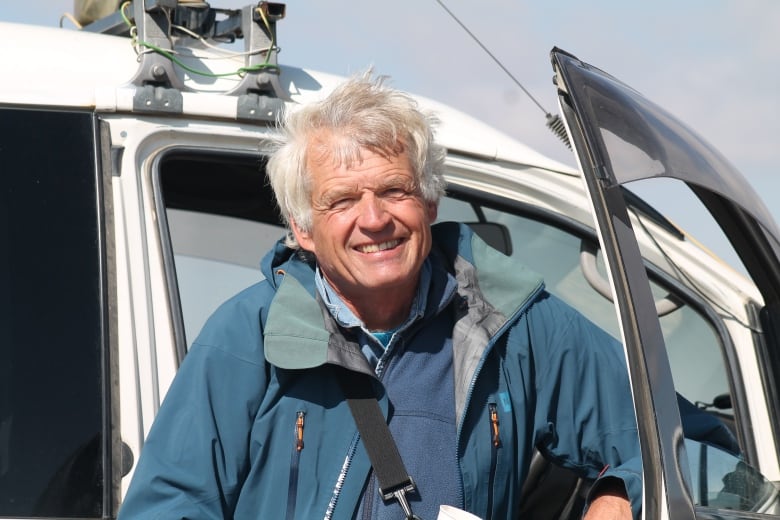
In 2008, paleontologist Phil Currie returned to a remote location in Mongolia to collect the skeleton of an ankylosaur he first came upon in 1999.
That specimen would give new insight into the armoured, almost tortoise-like dinosaur.
Currie, a professor at the University of Alberta and a founder the Royal Tyrrell Museum of Palaeontology in Drumheller, Alta., said the discovery revealed new information about the animal’s limbs and also confirmed a theory presented in the 1970s about the ankylosaur’s adaptation to digging.
“Here we have this animal sitting upright, hands and feet underneath its body, shovel-like forelimbs, big muscle scars, indicating that it had very powerful arms for possibly digging and that it may have been its way of protection,” Currie told CBC’s Edmonton AM on Friday.
Edmonton AM6:17Latest Ankylosaur research
Why dinosaur researchers think Anklyosaurs relied on more than just their armor for protection. Paleontologist Philip Currie explains his latest research. 6:17
The only soft part of the ankylosaur was the underside of its body, and because the animals were low and flat — much like a giant coffee table — they could be easily flipped over by a predator like a tyrannosaurus.
Digging allowed them to partially bury themselves in the ground, leaving only their armoured back exposed.
“We found that this specimen showed a lot of evidence toward … doing exactly that kind of thing,” Currie said.
Currie said paleontologists also learned how many fingers and toes the animal had and the number of joints in each digit.
“Even those things we didn’t know, not even from the Alberta specimens, and so it was very interesting because it wasn’t exactly what we expected,” he said. “The count was a little bit different… but it seemed to indicate that this animal had some kind of habit that in Mongolia allowed it to be preserved in an upright position.”
The skeleton was first discovered by Currie in 1999 during an expedition with a group called Dinosaurs of the Gobi when they saw a box sitting out in the middle of nowhere in a remote area of Hermiin Tsav.
Once they took out the boards and brushed off the sand, they discovered the body of the ankylosaurus without a skull or tail.
It had been discovered by a Soviet-Mongolian expedition 20 years earlier, Currie said.
He believes they took the skull, which would have identified the type of ankylosaurus, and left the five-metre body.
Currie said the crew came back for the skeleton in 2008 with the Korean International Dinosaur Project as ankylosaur skeletons are relatively rare, especially ones in life pose with hands and feet intact.
Specimens found in Alberta tend to be buried in rivers which wash away their feet.
“And that’s why we didn’t know much about them,” Currie said.
“The shapes of the claws and things we didn’t know about what the order was … from inside, outside and so on,” he said.
The new information was published in a scientific report on Thursday.








